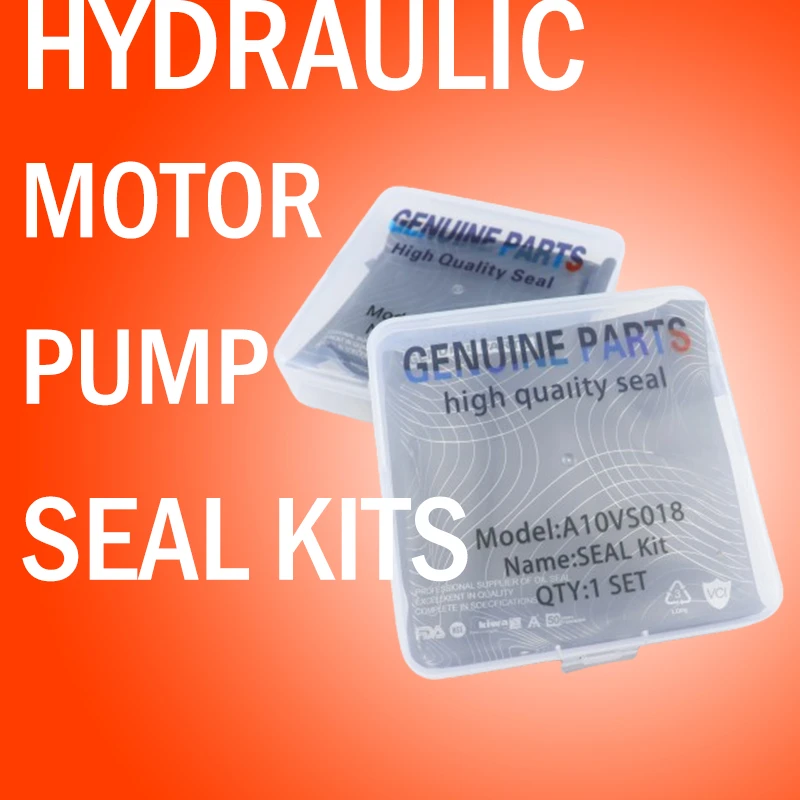Dec . 01, 2024 14:55 Back to list
Understanding the Importance and Functionality of Hydraulic Seals in Machinery Applications
Understanding Hydraulic Seals Essential Components for Fluid Power Systems
Hydraulic seals are fundamental components in hydraulic systems, playing a crucial role in ensuring the efficient and safe operation of various machinery. They are designed to prevent the leakage of hydraulic fluid, maintain pressure, and protect components from contaminants. As such, hydraulic seals are critical in diverse applications ranging from automotive industries to heavy machinery and aerospace.
What are Hydraulic Seals?
Hydraulic seals are specifically engineered devices that are often made from elastomeric materials, metals, or a combination of both. Their primary function is to create a barrier between moving components within hydraulic systems, preventing the escape of fluid while allowing for the smooth movement of parts. These seals work under various pressures and temperatures, which can impact their performance and lifespan.
Types of Hydraulic Seals
There are various types of hydraulic seals, each designed for specific applications and functionalities. Some common types include
1. O-Rings These are circular seals that fit into a groove and provide a tight seal when compressed. O-rings are highly versatile and can be used in a wide range of temperatures and pressures.
2. U-Cups Shaped like a U, these seals are used in both static and dynamic applications. Their design allows them to maintain sealing even when subjected to moderate pressures.
3. Rod Seals These seals are specifically designed for hydraulic cylinders, preventing fluid from escaping between the rod and the cylinder walls.
4. Piston Seals Similar to rod seals, piston seals are used within hydraulic cylinders to prevent leakage and maintain pressure during the movement of the piston.
hydraulic seal

5. Backup Rings Often used alongside O-rings and other seals, backup rings prevent extrusion and improve the performance and longevity of the primary seal.
Importance of Hydraulic Seals
The importance of hydraulic seals cannot be understated. They not only prevent fluid loss, which can lead to reduced efficiency and increased operational costs, but they also protect sensitive components from environmental contaminants such as dust, debris, and moisture. In high-performance applications, the failure of a hydraulic seal can result in catastrophic failures, leading to safety hazards and costly downtimes.
Moreover, the efficiency of hydraulic systems heavily relies on the integrity of these seals. A compromised seal can lead to a drop in pressure, negatively affecting the system's performance and responsiveness. As such, proper selection, installation, and maintenance of hydraulic seals are paramount for optimal operation.
Material Selection and Best Practices
Selecting the right material for hydraulic seals is critical, as it directly influences their performance. Common materials include nitrile rubber, polyurethane, fluorocarbon, and silicone, each offering different degrees of resistance to temperature, pressure, and various chemicals. Understanding the specific requirements of an application helps in making an informed choice about which material to use.
Regular maintenance and inspection of hydraulic seals are also essential. Signs of wear, such as cracks, abrasions, or discoloration, indicate that seals should be replaced promptly to avoid leakage and system failure. Implementing best practices, such as avoiding over-tightening and ensuring proper surface finishes, can significantly extend the lifespan of hydraulic seals.
Conclusion
In conclusion, hydraulic seals are indispensable components in hydraulic systems, serving as the first line of defense against fluid leakage and contamination. With diverse types and materials available, it is essential for engineers and technicians to choose the appropriate seals based on their specific application requirements. Understanding the importance of these components, along with regular maintenance, ensures the reliability and efficiency of hydraulic systems across various industries. As technology advances, so too will the design and materials used for hydraulic seals, further enhancing their performance and durability in critical applications.
-
TCN Oil Seal Metal Ring Reinforcement for Heavy Machinery
NewsJul.25,2025
-
Rotary Lip Seal Spring-Loaded Design for High-Speed Applications
NewsJul.25,2025
-
Hydraulic Cylinder Seals Polyurethane Material for High-Impact Jobs
NewsJul.25,2025
-
High Pressure Oil Seal Polyurethane Coating Wear Resistance
NewsJul.25,2025
-
Dust Proof Seal Double Lip Design for Construction Equipment
NewsJul.25,2025
-
Hub Seal Polyurethane Wear Resistance in Agricultural Vehicles
NewsJul.25,2025
-
The Trans-formative Journey of Wheel Hub Oil Seals
NewsJun.06,2025
Products categories
















